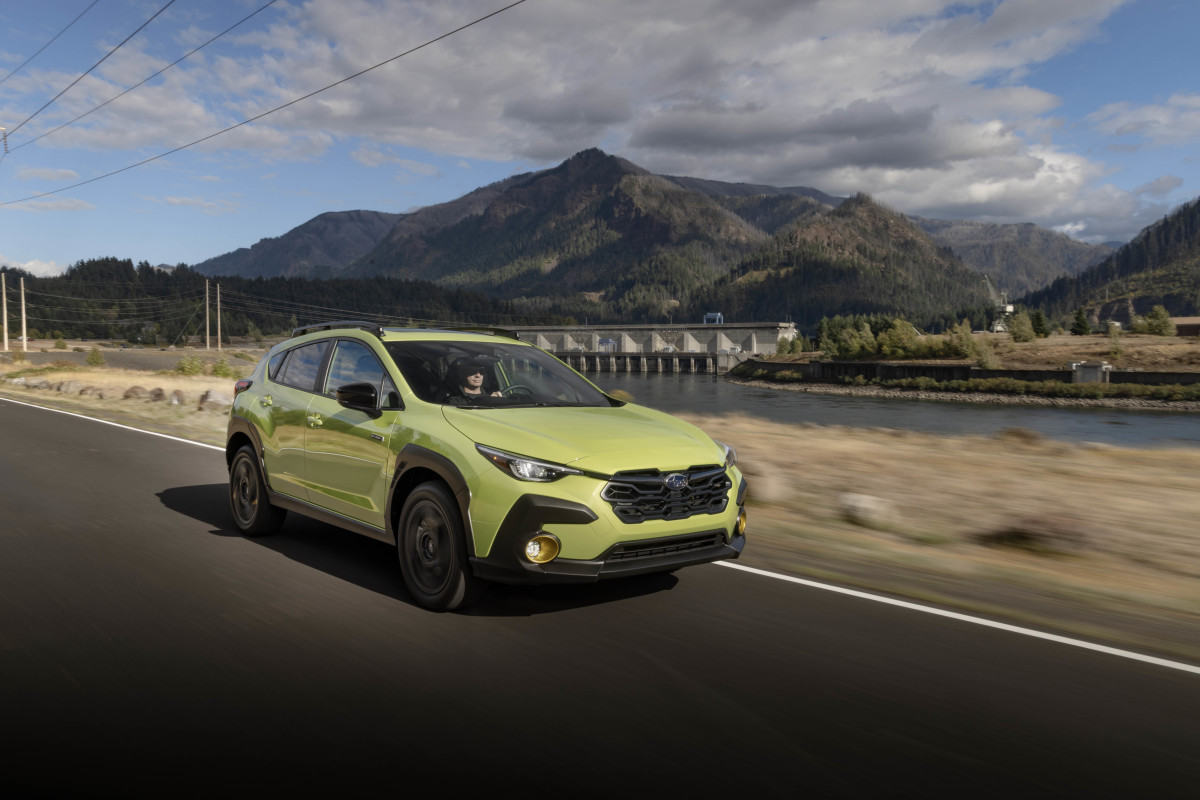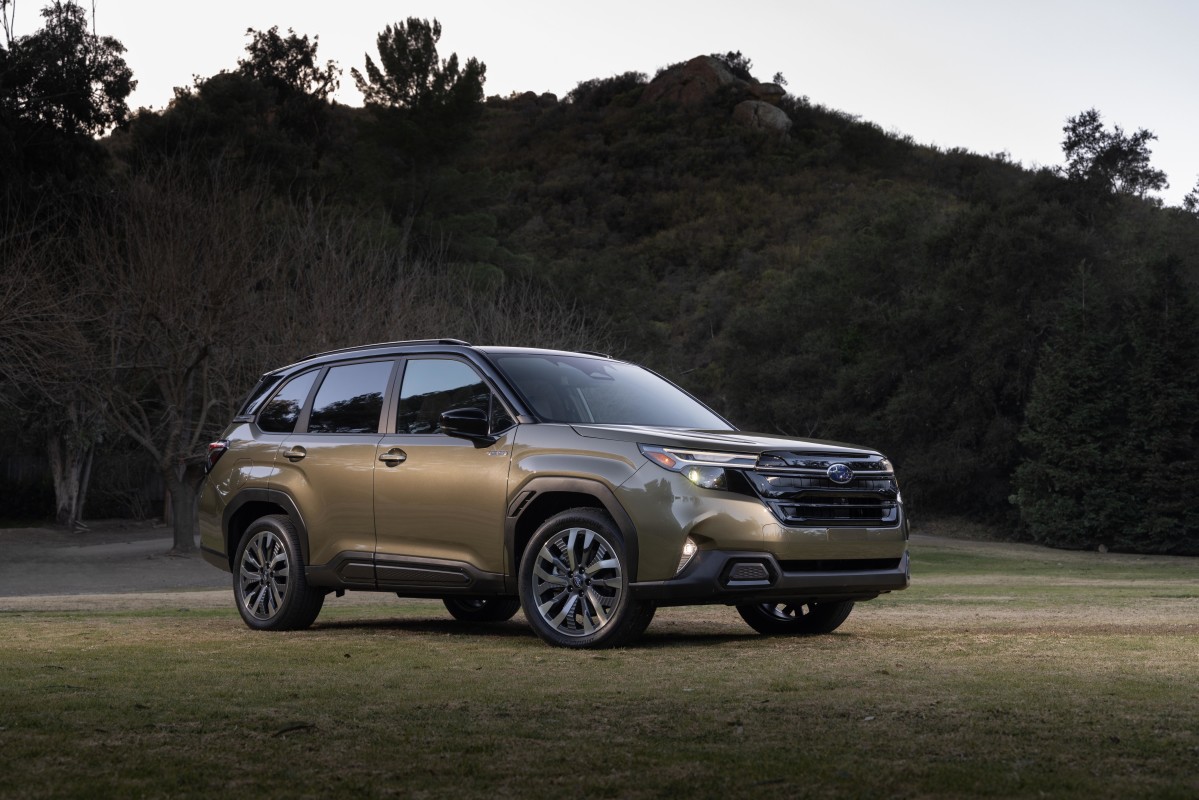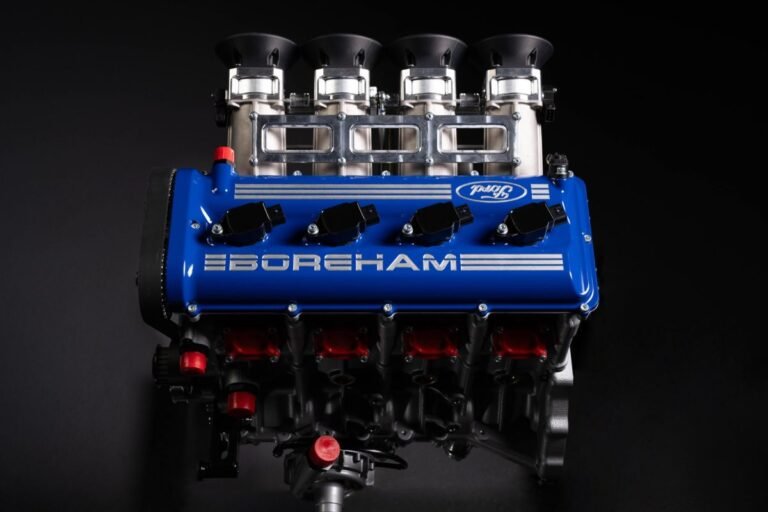
It’s what makes a Subaru, a Subaru
According to a new report by Nikkei Asia, Japanese automaker Subaru will be making some major changes to its electrified vehicle game plan in an effort to adapt and evolve with the current new car market. In response to shifting consumer tastes and the loss of key government incentives, the Pleiades brand announced that it will cut investments in electric vehicles and shift more resources towards gas-electric hybrids as part of revisions to its more than 1.5 trillion yen (~$9.74 billion) investment in electifying the Subaru lineup.
Of the 1.5 trillion yen it sought to commit, the company has already invested about 300 billion yen (~$1.95 billion) into this venture. The company noted that it is not changing the amount it will invest, but will reallocate the use of such funds so that it is treated more like an overall growth investment.
“Given the increasing demand for hybrids and the reappraisal of internal combustion engines, it is appropriate to delay the timing of full-scale EV mass production investment,” President Atsushi Osaki said at an earnings briefing on November 11.
Subaru
Subaru’s largest market is not currently the most EV-friendly
The United States is a key market for Subaru vehicles; per its figures, more than 70% of Subaru’s global sales are in the United States. In fiscal year 2024, Subaru sold 662,000 vehicles in the U.S., or 71% of its total global sales of 936,000 units. On September 30, federal tax credit incentives of up to $7,500 towards EV purchases were ended at the request of the Trump administration.
Currently, Subaru sells one electric vehicle in the United States: the Solterra, an SUV that was twin-developed with Toyota, which sells a similar car called the bZ4x. Subaru is also set to release the Uncharted, an entirely new electric vehicle that is built on the same Toyota-developed e-TNGA platform that underpins Toyota’s upcoming C-HR.
Plans for those vehicles, which are part of a set of four total electric SUVs developed in collaboration with Toyota by the end of 2026, are not affected by these adjustments. However, Subaru is considering delaying the launch of four additional EVs that it planned to develop in-house by 2028 in favor of hybrids and gasoline-powered vehicles. “We will expand our product lineup to meet diverse needs,” Osaki said.
Currently, Subaru uses Toyota’s hybrid technology to combine with its own engine design, a combination used in models like the Forester hybrid, as well as the new-for-2026 Crosstrek hybrid. Subaru does not earmark specific models in its sales data, but the latest numbers show that it moved 12,769 Foresters in October 2025 and 145,806 Foresters in 2025 as a whole so far.
Overall, Subaru’s financials tell a mixed story due to the challenges it faces. In the first half of its fiscal year (the six months from April to September), the company’s revenue increased by 5% year-over-year to 2.38 trillion yen (~$15.44 billion) while its net profit declined 45% to 90.4 billion yen (~$586.67 million).
In addition to adjusting its electric pipeline, Subaru has also launched a project to reduce costs by 200 billion yen by 2030 to cope with the tariffs. During its earnings announcement, Subaru stated that the Trump tariffs had a 154.4 billion yen (~$1 billion) impact on its operating profit, and it expects tariffs to create a 210 billion yen (~$1.36 billion) hole by the end of the year.
Final thoughts
Nearly half of what Subaru sells in the United States is imported from Japan; however, it has begun to ramp up production in its U.S. factory in Indiana, its only overseas plant that makes finished cars. Previously, Subaru announced that it would invest 40 billion yen (~$277 million) to begin producing the new Forester at the plant, which has now started, according to Subaru of America.
“Looking forward, we are excited that Forester production has shifted from Japan to Subaru of Indiana Automotive, Inc., increasing the availability of U.S.-built Subaru vehicles,” Subaru of America President and Chief Operating Officer Jeff Walters said in a statement.



